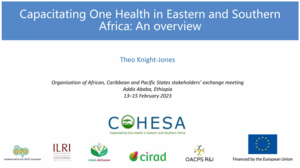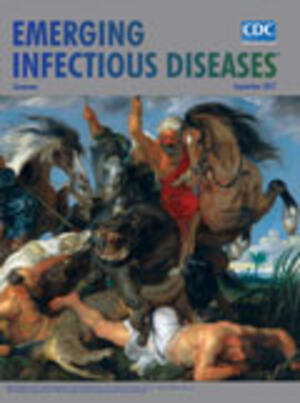
Quantifying the transmission of antimicrobial resistance at the human and livestock interface with genomics
Abstract
Background Livestock have been implicated as a reservoir for antimicrobial resistance (AMR) that can spread to humans. Close proximity and ecological interfaces involving livestock have been posited as risk factors for the transmission of AMR. In spite of this, there are sparse data and limited agreement on the transmission dynamics that occur. Objectives To identify how genome sequencing approaches can be used to quantify the dynamics of AMR transmission at the human–livestock interface, and where current knowledge can be improved to better understand the impact of transmission on the spread of AMR. Sources Key articles investigating various aspects of AMR transmission at the human–livestock interface are discussed, with a focus on Escherichia coli. Content We recapitulate the current understanding of the transmission of AMR between humans and livestock based on current genomic and epidemiological approaches. We discuss how the use of well-designed, high-resolution genome sequencing studies can improve our understanding of the human–livestock interface. Implications A better understanding of the human–livestock interface will aid in the development of evidence-based and effective One Health interventions that can ultimately reduce the burden of AMR in humans.
Citation
Wee, B.A., Muloi, D.M. and Bunnik, B.A.D. van. 2020. Quantifying the transmission of antimicrobial resistance at the human and livestock interface with genomics. Clinical Microbiology and Infection 26(12): 1612–1616.










